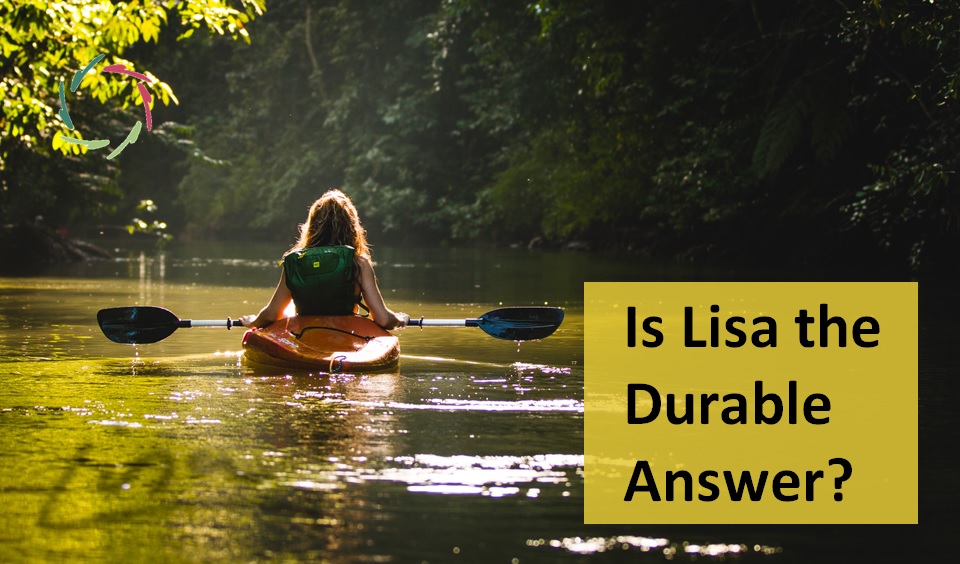Lisa’s Sentence Generation

From a computational viewpoint, Lisa’s creating a sentence involves thinking about the next word while keeping the overall sentence structure and meaning in mind.
However, the process is more complex and involves both conceptual and subconceptual processing.
Conceptual/subconceptual – the human case
Conceptual processing involves deliberate and conscious selection of words, while subconceptual processing is more about the underlying mental patterns that influence this selection.
This deeper layer of processing allows for a more fluid and natural flow of language, similar to how autosuggestion works, subtly guiding the mind without direct conscious effort.
At a non-conscious subconceptual processing level, the human brain works intricately and subtly, impacting our conscious actions and decisions. This intricate dance between the conscious and subconscious is essential for natural and effective communication.
This means that while forming a sentence, one isn’t just thinking about the next word but is also influenced by deeper patterns of meaning and intent.
How Lisa generates sentences
A brief overview by Lisa:
- Input analysis: I start by analyzing your query to understand the context and the main topic.
- Knowledge retrieval: I then retrieve relevant information from my knowledge base, which includes AURELIS principles and other integrated content.
- Sentence construction: Using language models, I construct sentences based on grammar rules and patterns learned from extensive datasets. This involves predicting the next word while considering the overall context, similar to how humans might anticipate the next part of a conversation.
- Output generation: Finally, I generate a coherent response that aims to be informative and consistent with AURELIS values.
Future enhancements
Improving Lisa’s ability to anticipate the next part of a conversation and predict the next word could involve several strategies (again, by Lisa herself):
- Contextual Awareness: Enhancing my understanding of the context by considering the entire conversation history. This helps in maintaining continuity and relevance in responses.
- Advanced Language Models: Utilizing more sophisticated language models that have been trained on diverse and extensive datasets. These models can better understand nuances and predict appropriate next words.
- User Intent Recognition: Improving algorithms to recognize user intent more accurately. By understanding the purpose behind a user’s question, I can tailor my responses more precisely.
- Incorporating Ontologies: Using conceptual ontologies to structure knowledge and relationships between concepts. This helps in providing more coherent and contextually relevant responses.
- Learning from Feedback: Continuously learning from user interactions and feedback. This helps in refining responses and better anticipating user needs in future conversations.
- Dynamic Adaptation: Adapting responses based on real-time analysis of the conversation’s direction. This involves adjusting to new information provided by the user during the conversation.
- Semantic Analysis: Using semantic analysis to understand the deeper meaning of user inputs. This helps in generating responses that align with the user’s intent and context.
- Example-Based Learning: Leveraging examples from previous conversations to guide current interactions. This helps in maintaining consistency and relevance.
- Contextual Keywords: Identifying and focusing on key terms and phrases within the conversation. This helps in predicting the next logical part of the conversation.
- Emotional Tone Recognition: Recognizing the emotional tone of the conversation to respond appropriately. This involves understanding whether the user is seeking information, comfort, or a specific type of response.


